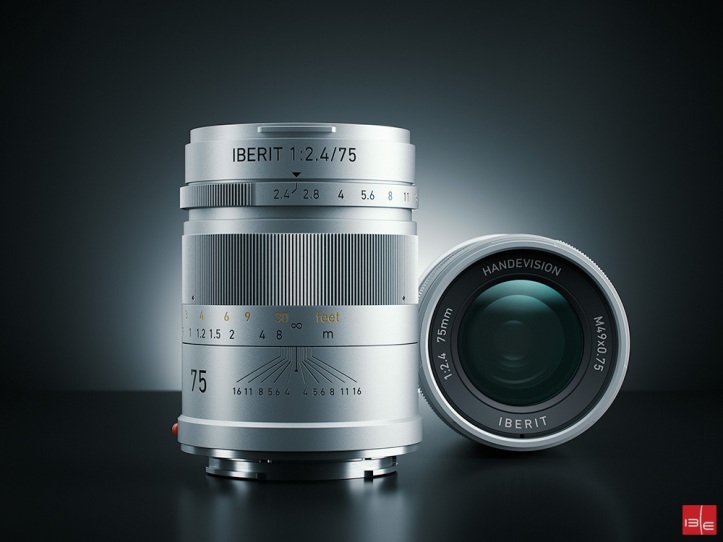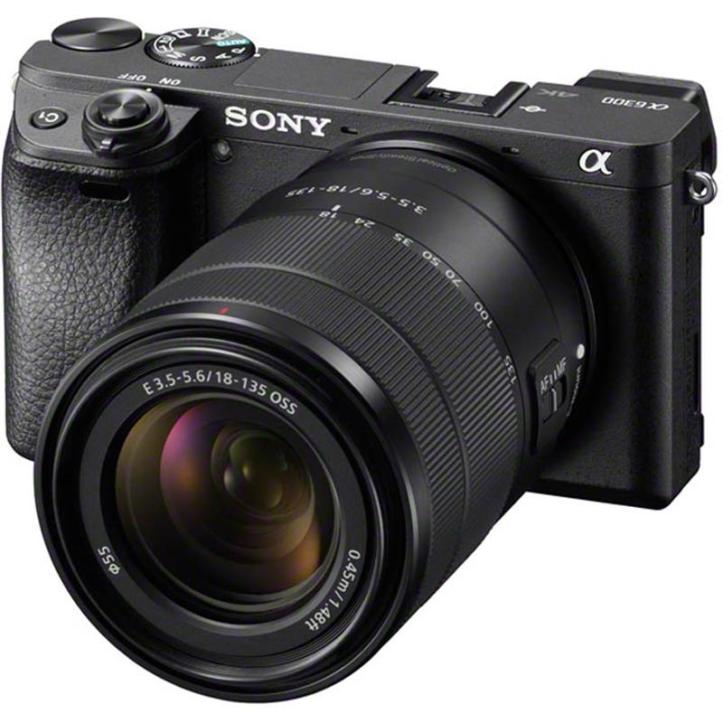Petapixel yesterday published an article on the absence of slow, light primes between 50mm and 150mm. I have previously complained of the way the industry currently prizes image quality above any weight or size consideration, but my point was about fast lenses that used to be much smaller. And there are reasons for this that partly explain the trend, but I still believe lens makers aren’t really accepting the challenge.
However, if you’re willing to go a little slower, there is no shortage of such lighter-weight prime lenses, even if you want autofocus. Tamron is bucking the trend here with its SP full frame prime lenses at a maximum aperture of f/1.8 and focal lengths of 35mm, 45mm and 85mm (well, they’re small relative to their Sigma f/1.4 competitors). For Canon and Nikon mounts, Yongnuo is making old small Canon-designed f/1.8 and f/1.4 primes, and many compact legacy Nikon primes remain widely available, even new. Samyang has a few slower offerings in its catalogue and is beginning to add autofocus to its line-up. And if you know where to look, there are plenty of smaller manufacturers around making all sorts of designs large and small – 7Artisans would be an example.

The complainant, Bob Locher, says he uses a Sony APS-C mirrorless camera. This gives him access to virtually all lenses on the market today, some native, many adaptable with autofocus, and some manual. If switching systems were an option, Fujifilm for instance has the 14/2.8, 18/2, 23/2, 27/2.8, 35/2, 50/2, and 60/2.4, and Pentax the 15/4, 21/3.2, 35/2.4, 40/2.8, 50/1.8, FA 50/1.4 (same size as the 1.8) and 70/2.4. Of course, primes beyond that will, of the very nature of their focal lengths, be physically longer lenses, no matter how small their maximum aperture might be, so Mr. Locher’s specification of “lighter prime lenses between [100mm] and 150mm” might be harkening to illusion.
It’s also not clear that Mr. Locher is in the right camera system at all. For more compact kit at the expense of bokeh potential, Micro Four Thirds is where he should look. The options between 50mm and 135mm as they would be on his APS-C Sony include the 30/2.8, 45/1.8, 60/2.8 and 75/1.8. Even the 75/1.8, although a little larger, isn’t an excessively heavy lens.
And if he wants to stick with Sony and doesn’t mind an aperture between f/3.5 and f/4.5, as he says, there is a very good and obvious solution – stick with the 18-135mm zoom, which he says he already owns.

I say that with no sarcasm at all – the lens is optically very good, as are most of today’s 18-135mm lenses. The problem with f/4.5 primes would be that the viewfinder image will be no less dark (OVF) or noisy (EVF) than the image from an f/4.5 zoom, and it’s unclear whether Mr. Locher has given much thought to this.
I would also add that his notion that bokeh simulation will obsolete large aperture lenses for professionals is highly unorthodox at best, and I started drafting an article a few days ago that will present exactly the opposite case.